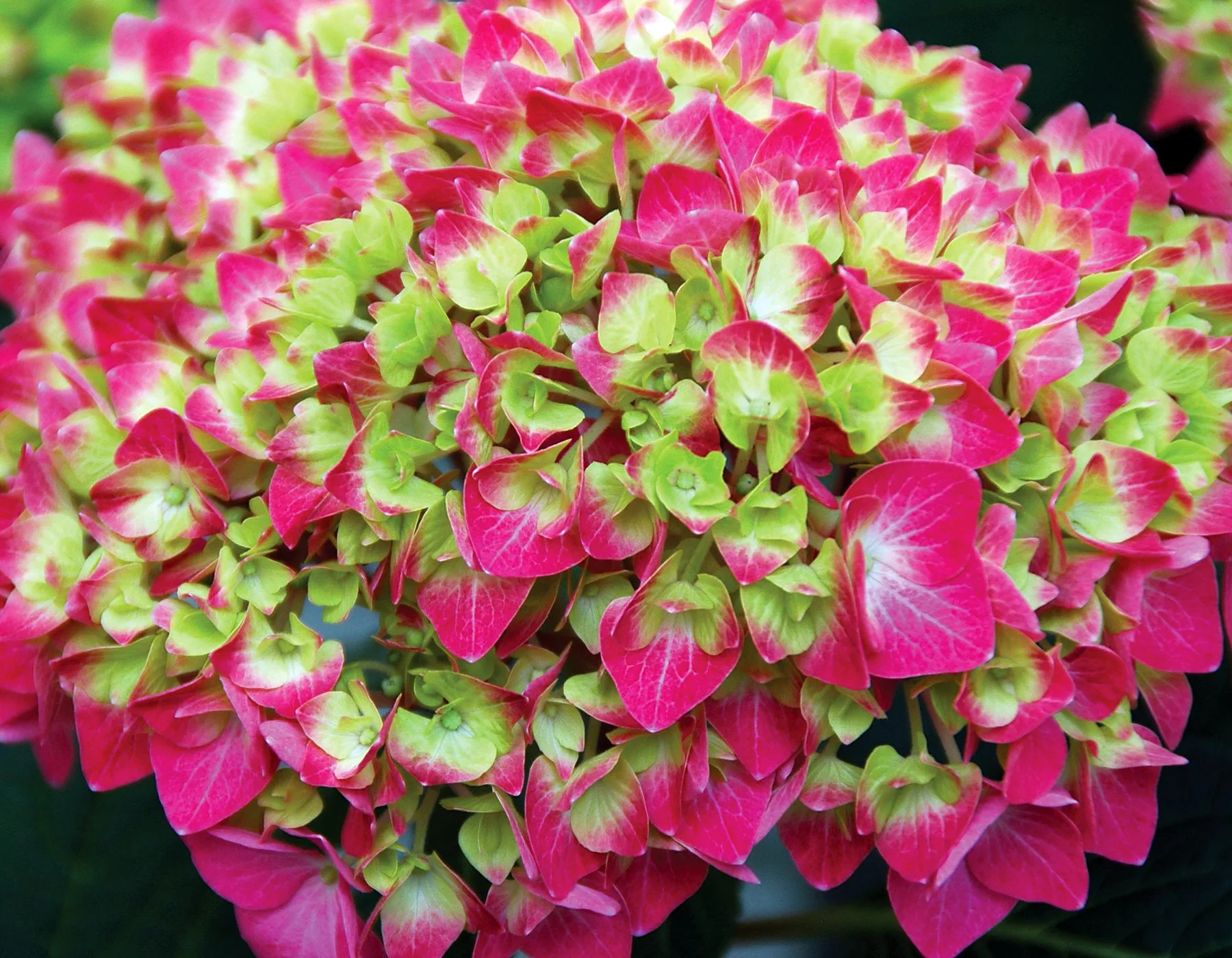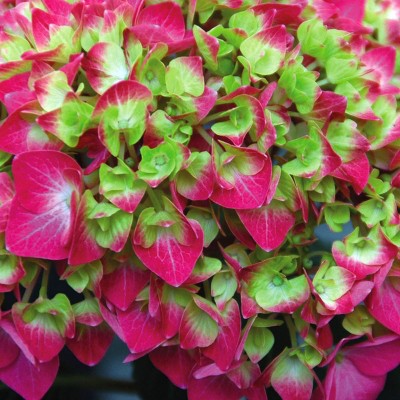Lime Lovebird Hydrangea: The Showstopper Shrub That Will Brighten Up Your Garden
Lime Lovebird Hydrangea: The Showstopper Shrub That Will Brighten Up Your Garden
Hydrangeas are a popular choice for gardeners because of their beautiful flowers and versatile growth habits. There are many different types of hydrangeas to choose from, but one of the most eye-catching is the Lime Lovebird Hydrangea.
Lime Lovebird Hydrangeas (Hydrangea macrophylla 'Lime Lovebird') are known for their large, bi-colored flowers that change color throughout the season. The flowers start out as a bright lime green, then gradually fade to a rosy pink, and finally end up a deep blue. This color change is due to the acidity of the soil. In acidic soil, the flowers will be blue, while in alkaline soil, they will be pink.
In addition to their beautiful flowers, Lime Lovebird Hydrangeas are also relatively easy to care for. They prefer partial sun to full sun and moist, well-drained soil. They are hardy in USDA zones 5-9, so they can be grown in most parts of the country.
Lime Lovebird Hydrangeas are a great addition to any garden. They are not only beautiful, but they are also relatively low-maintenance. If you are looking for a showstopper shrub that will brighten up your garden, Lime Lovebird Hydrangea is a great choice.
Here are some additional details about Lime Lovebird Hydrangeas:
- Mature size: 3-4 feet tall and wide
- Bloom time: Summer to fall
- Flower color: Lime green, rosy pink, blue
- Soil pH: Prefers acidic soil, but will tolerate alkaline soil
- Hardiness zone: 5-9
- Care: Partial sun to full sun, moist, well-drained soil
Here are some tips for growing Lime Lovebird Hydrangeas:
- Plant in a location that receives partial sun to full sun.
- Water regularly, especially during hot, dry weather.
- Fertilize once a month during the growing season with a balanced fertilizer.
- Prune in late winter or early spring to remove dead or damaged branches.
- Lime Lovebird Hydrangeas are relatively pest- and disease-resistant, but they may be susceptible to aphids, scale, and powdery mildew.
If you are looking for a beautiful and easy-care shrub for your garden, Lime Lovebird Hydrangea is a great choice. With its large, bi-colored flowers and long bloom time, it is sure to add a touch of color and charm to your landscape.
Lime Lovebird hydrangea is a beautiful shrub that produces large, multi-colored blossoms that change from lime green to hot pink before ending with a beautiful shade of blue. It is a reblooming variety, meaning it will flower from summer to late fall, providing continuous color in your landscape. Lime Lovebird is hardy in USDA zones 5-9 and grows to be 3-4 feet tall and wide. It prefers partial sun to full sun and moist, well-drained soil.
If you are looking for a stunning hydrangea that will add color and interest to your garden, Lime Lovebird is a great choice. To learn more about this variety, visit .
FAQ of lime lovebird hydrangea
- What is lime lovebird hydrangea?
Lime lovebird hydrangea is a type of hydrangea that is known for its lime green flowers. It is a deciduous shrub that can grow up to 6 feet tall and wide. Lime lovebird hydrangea blooms in the summer and fall, and its flowers can last for several weeks.
- What is the life cycle of a lime lovebird hydrangea?
Lime lovebird hydrangeas are long-lived shrubs, sometimes living for up to 50 years if properly cared for. They typically start to bloom in their third year, and they will continue to bloom for many years with proper care.
- How do I care for a lime lovebird hydrangea?
Lime lovebird hydrangeas are relatively easy to care for. They prefer full sun to partial shade, and they need moist, well-drained soil. They should be watered regularly, especially during the hot summer months. Lime lovebird hydrangeas are also susceptible to pests and diseases, so it is important to inspect them regularly and treat any problems promptly.
- How do I propagate a lime lovebird hydrangea?
Lime lovebird hydrangeas can be propagated by cuttings or division. To propagate by cuttings, take 4-6 inch cuttings from healthy stems in the spring or fall. Dip the cuttings in rooting hormone and plant them in a well-draining potting mix. Keep the cuttings moist and in a warm location, and they should root in about 4-6 weeks. To propagate by division, dig up a mature lime lovebird hydrangea in the spring or fall and divide it into several smaller clumps. Plant the clumps in a sunny location with well-drained soil.
- What are some common problems with lime lovebird hydrangeas?
Lime lovebird hydrangeas are susceptible to a few common problems, including:
* Leaf spot: This is a fungal disease that causes brown or black spots on the leaves. It can be treated with a fungicide.
* Aphids: These small insects can suck the sap out of the leaves, causing them to wilt and curl. They can be controlled with insecticidal soap or neem oil.
* Scale insects: These small, hard-shelled insects can attach themselves to the stems and leaves of lime lovebird hydrangeas. They can be controlled with a horticultural oil or insecticidal soap.
Image of lime lovebird hydrangea
5 different images of "lime lovebird hydrangea" from Pinterest:
- A close-up of a lime lovebird hydrangea flower head, showing the delicate petals and the bright lime green color.

- A full bush of lime lovebird hydrangeas, in bloom. The flowers are a mix of lime green, white, and pink.

- A lime lovebird hydrangea in a vase, surrounded by other flowers. The lime green color of the hydrangeas really pops against the other flowers.
- A lime lovebird hydrangea in a garden, surrounded by other plants. The hydrangeas are in full bloom, and their bright green color is a welcome sight in the garden.

- A lime lovebird hydrangea in a pot, on a patio. The hydrangeas are thriving in the pot, and their bright green color adds a touch of life to the patio.


Post a Comment for "Lime Lovebird Hydrangea: The Showstopper Shrub That Will Brighten Up Your Garden"